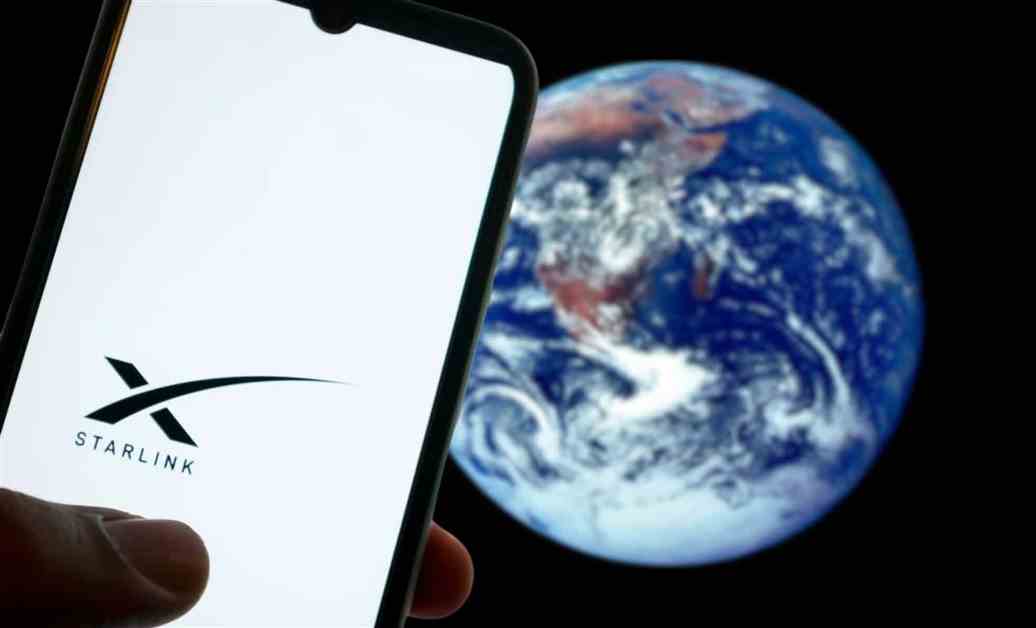SpaceX and T-Mobile Revolutionize Mobile Connectivity with Direct-to-Cell Service Launch
SpaceX and T-Mobile are gearing up to introduce a groundbreaking direct-to-cell service this fall, heralding a new era in satellite communications. The collaboration aims to bridge the gap in mobile coverage by connecting T-Mobile users directly to SpaceX’s Starlink satellites, ensuring seamless connectivity even in remote areas.
The direct-to-cell service holds the promise of eliminating outdoor dead zones and providing continuous connectivity for T-Mobile customers. Initially supporting text messaging, the service will later expand to include voice, data, and Internet of Things (IoT) services, revolutionizing the way we stay connected on the go.
Despite facing technical and regulatory challenges, SpaceX and T-Mobile are working diligently to integrate T-Mobile’s spectrum into Starlink satellites. With over three dozen satellites already capable of direct-to-cell connections launched, the service’s functionality and reliability are eagerly anticipated.
The partnership between T-Mobile and SpaceX marks a significant milestone in the global satellite-based mobile services market. While T-Mobile is the first U.S. carrier to adopt this technology, SpaceX has also secured agreements with international carriers, signaling a growing demand for satellite connectivity worldwide.
As SpaceX’s direct-to-cell service prepares for commercial launch, it not only promises enhanced mobile connectivity but also signifies a strategic move to expand the capabilities of the Starlink satellite network. This initiative could potentially redefine mobile coverage standards and solidify SpaceX’s position as a leader in satellite technology.
In a rapidly evolving space exploration landscape, initiatives like SpaceX’s direct-to-cell service underscore the importance of innovation and international collaboration in advancing space and communication technologies. By inspiring public interest and engaging the next generation of STEM professionals, such projects contribute to scientific leadership and economic growth, ensuring the U.S. remains at the forefront of space exploration.
